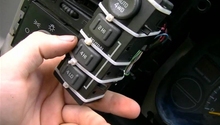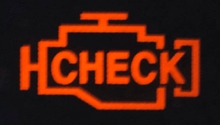Chevrolet Silverado: Why is SRS Light On?
Troubleshoot the SRS light in your Chevrolet Silverado 1500 using these handy DIY and professional tips.
This article applies to the Chevrolet Silverado 1500 (1999-Present).
Your supplemental restraint system (SRS) is there to alert you to problems with your air bags or seat belt fasteners. Because both your air bags and seat belt fasteners have been added to your truck by the manufacturer to ensure you and your passengers are safe and secure during a collision, it's recommended that you take immediate action whenever the SRS warning light appears on your dashboard. If the light is there now, we can explain the areas you'll want to immediately check, as well as offer cutting-edge information on what to do next. Let's get started!

Materials Needed
- On-board diagnostic tool (optional)
- Replacement fuse
- Sensing and diagnostic module (dealership-only tool)
Step 1 – Unhook your battery
Reset your truck's computer system by removing the battery for 15 minutes, and then re-installing it again.
- Pop the hood of your truck.
- Remove the cables from the battery terminals.
- Lift out your battery by hand.
- Store your battery on a dry cloth until it is time to re-install it again.

If the warning light reappears after resetting the battery, move to Step 2.
Step 2 – Check your trouble codes
There might be a larger problem.
You'll need an on-board diagnostic ("OBD-II") tool to check your trouble codes.
- If you do not own an on-board diagnostic tool, which generally retail for $45 to $2,000 online, it's recommended that you visit your local Chevrolet dealership for service.
- A technician can check your codes and provide diagnostic for your truck.
- If your truck is currently under warranty, all diagnostic and repair work will be completed at no cost to you.
- Depending on the issue, you could expect to pay at least $40 to $75 for diagnostic work and $150 or more for service work.
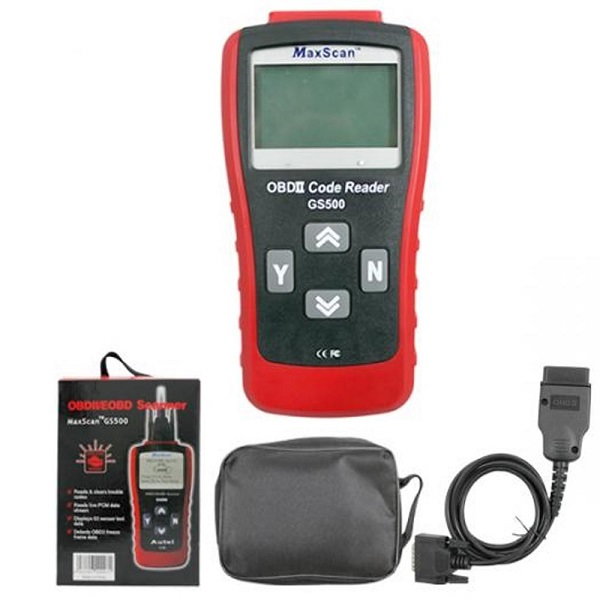
Pro Tip
Your on-board diagnostic tool connects to your truck's diagnostic plug, which is located near the steering wheel column.
If your vehicle does not have any stored trouble codes, move on to Step 3.
Step 3 – Check your fuse panel
You might have a blown fuse.
This step is as simple (and inexpensive) as checking your fuse panel for a blown air bag fuse, which is indicated by a broken strip in the center of the fuse.
- Replace the fuse with the correct amperage, which, in the case of the Silverado 1500, is 15 amp.
- Start your vehicle, and then check your new fuse for any signs of damage.
- If the circuit is shorted, it's recommended that you have a certified professional repair the wiring in your truck.
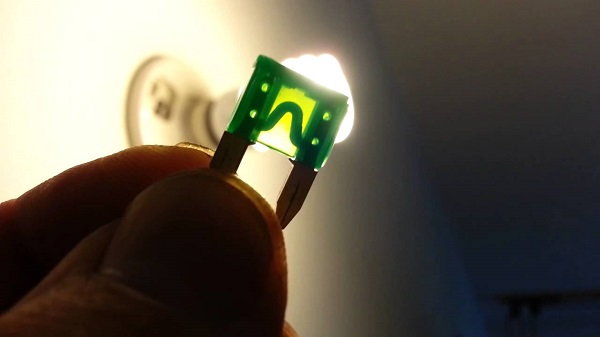
At this point, go the extra mile and check all of the fuses in the surrounding area. It doesn't take long, and it's entirely possible that an unrelated or improperly located fuse could be causing your issues.
Pro Tip
If multiple fuses blow, your circuit is most likely shorted and will require additional service.
If all of your fuses check out, move on to Step 4.
Step 4 – Have your dealer check your seat sensor
It might be malfunctioning.
A faulty seat sensor can cause the SRS light to appear on your dashboard. Have it serviced by a licensed professional. At this point, most basic causes can be ruled out, indicating that there may be a serious issue with your safety systems.
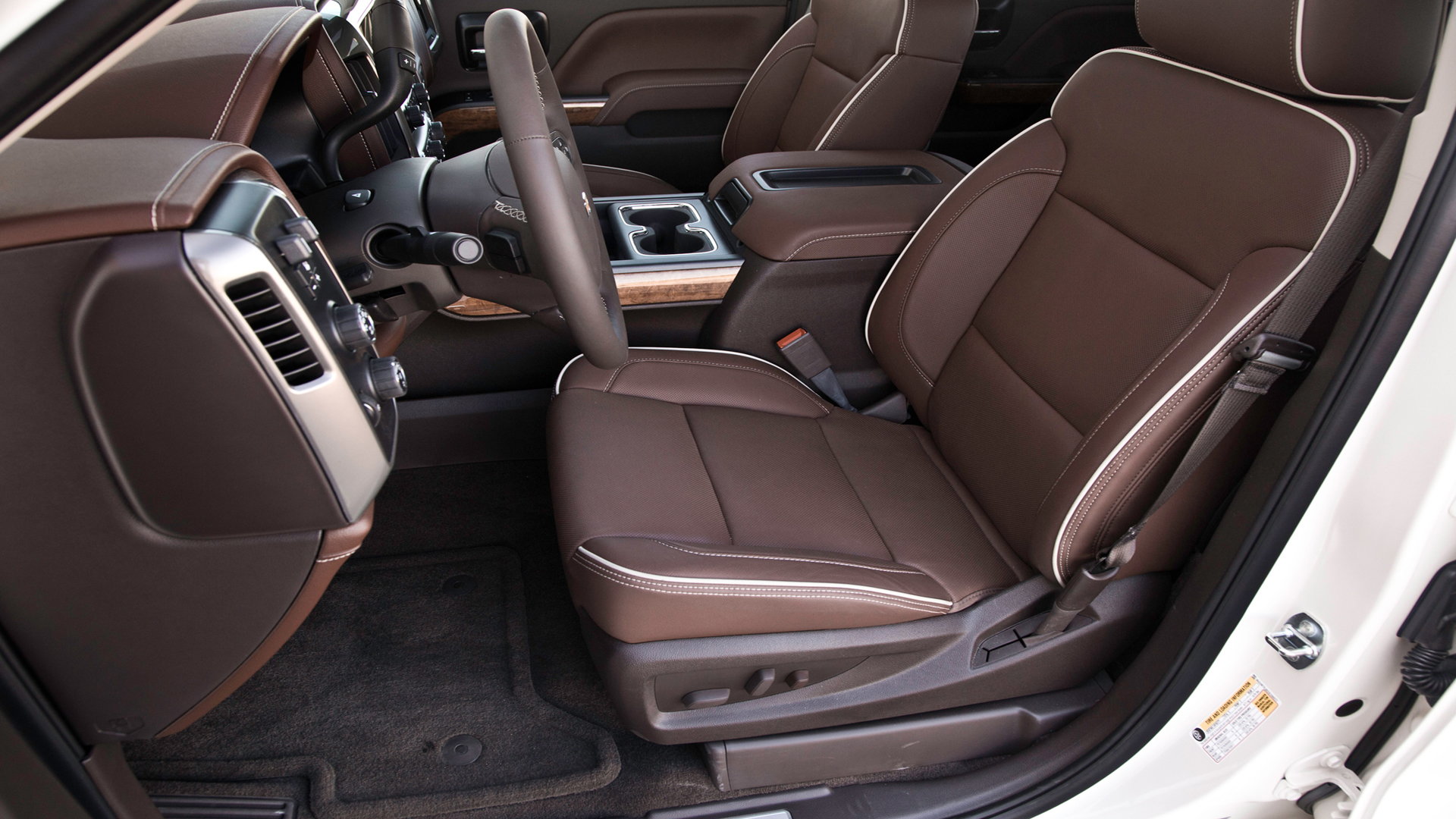
If the sensors are okay then proceed to the next Step.
Step 5 – Have your dealer check your air bags
The components might be faulty.
Your local Chevrolet dealership can scan your air bag computer for trouble codes and make any necessary repairs. Working on your own air bags is highly inadvisable, as serious injury could occur.
- You might need to have your air bags replaced and/or reprogrammed.
- If the air bag sensors are damaged, they'll need to be replaced.
- Sensor damage may not always be visible, so it's recommended that you leave this job to the professionals!
- If, on the other hand, the dealer says your sensing and diagnostic module is the only component that needs to be replaced, you might want to consider doing this plug and play replacement at home. Many drivers consider the repair to be fairly easy.
- The replacement cost could set you back $240.

Pro Tip
If your truck is currently under warranty, the repairs will be made at no cost to you.
Related Discussions
- Service Airbag Light On - Chevroletforum.com
- 2007 Silverado Air Bag Light - Chevroletforum.com
- Air Bag Light - Chevroletforum.com
- Service Airbag Light On - Chevroletforum.com



